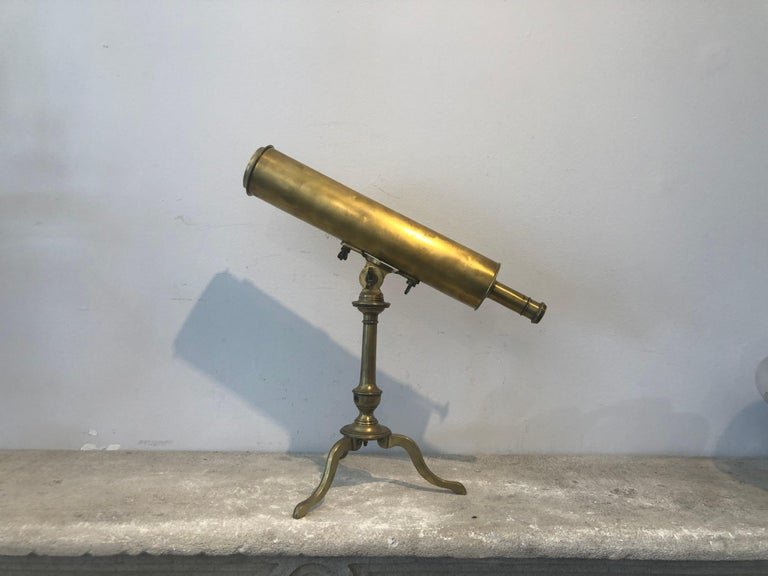The Best Sunglasses in the World are Only $6
How did these sunglasses come to be and why are they undisputedly the best?
Telescope from the 18th century (source)
Sunglasses have come a long way since their incarnation in the 1200s. They started as two quartz stones cut very thin, placed in what we would now call frames, and fogged up with charcoal to decrease the sunlight coming through. However, all they did was darken everything observed which didn’t necessarily help you see in the sun but made your vision so terrible that the sun no longer affected your eyesight. Since then, sunglasses have had a very slow climb to what we see today. It was almost 700 years later when the first polarized lens was created for military pilots, the Ray-Ban aviator style, and around the same time the best sunglasses ever made were invented as well. Since the 1930’s renditions of Ray-Ban’s technology have surfaced, but nothing as groundbreaking as the original discovery. As for the other sunglasses, those remain largely unchanged, but how can you improve perfection?!
These sunglasses had very similar roots to the ones we wear today but its path went in a completely different direction. It was King Louis the XIV who had the idea for this type of lens. However, he may have taken the idea from the Chinese in the 1200s. He put a thin layer of glass or stone covered in charcoal. So exactly the same idea, just a different application. He placed this over his microscope to take a look at the sky on May 12, 1706. This was the first step to making the most effective glasses on the market.
In 1930, before polarized lenses, these glasses made a huge step that would make them the most effective at preventing the sun’s rays from hurting or damaging your retinas. This step was black polymer. They coated the plastic film that covered the eye holes of the paper frames in this material so when there was a total solar eclipse, you could look straight at the sun for a long period of time and not feel a thing. NASA took steps to regulate these specific glasses to meet a certain standard. After they figured out the best lens, they then put their stamp of approval on the product, deeming them the best glasses to choose when trying to combat the sun. Sure, made of cardboard and plastic, they may not be the most stylish piece, and if you aren’t looking directly at the sun you’re practically blind, but they are still the best at what they do. And they’re only $6. Take a look.


